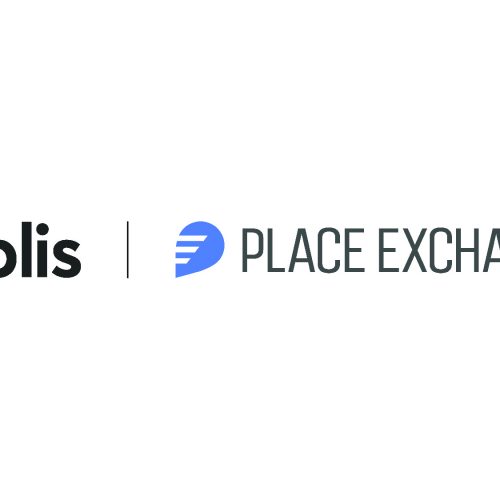Pre-2008 was a golden time for retail. American consumers had money in their wallets, and the majority of brand-to-consumer communication was one way. For the most part, retailers were “broadcasting” at consumers via TV, print and online channels, and the playbooks from the previous decade were still considered fit for purpose. That’s not to say that retail wasn’t already focused on tracking the customer journey or using data to inform experience or dipping their toes into personalization, but the terminology we take for granted today — Internet of Things (IoT), geofencing, in-the-moment marketing, omnichannel or augmented reality — were all far from the norm.
And then came the recession.
2008 broke the tried-and-true retail rules as consumers were forced to make financial decisions against different criteria. Designer labels and brand loyalty took a hit as people tightened their purse strings. Cost became the priority for the vast majority of Americans.
And then came Amazon.com.
With retailers struggling to adapt to the changing market, e-commerce shifted consumer expectations again; cost could come with convenience AND the customer was almost always right.
This has given rise to a new wave of shopper — the “Conscious Consumer.” These are individuals who know their worth and take the driver’s seat in the path to purchase, turning the pre-recession retail playbook on its head. Today’s consumers want on-demand purchasing and brands that cater to their individual wants and needs, whether they want to shop from home, on their commute or in-store.
Characterized by a no-nonsense relationship with brands, the conscious consumer has a sophisticated understanding of their value to the brands with which they engage and take a more active role as a result. Over half (55 percent) report a “one strike and you’re out” rule, and almost three-quarters (69 percent) can be swayed by a well-timed price drop, personal coupon or product ad on the way to checkout. Quick to judge and slow to forgive, they’re motivated by the rational over the emotional when making purchasing decisions. For example, a third of consumers will switch to a cheaper product if it’s of comparable quality, regardless of brand loyalty.
Over the past 10 years, the conscious consumer has been trained to watch what and where they spend. As a result, product quality is by far the most pressing priority for them. Sixty-four percent said product quality is the most important consideration when making a purchase, closely followed by price. Once the target or “prey” for brands, this new breed has a clearer sense of his/her own value to the retailer and, armed with a smartphone, they know they can even the playing field, researching all options to make sure they get the best deal from the retailer rather than the other way around.
These shoppers do their homework before swiping their cards, giving any brand with compelling enough offers a chance to win their business. Sixty-nine percent of the consumers we asked said they regularly research and price compare before making a purchase. This represents a significant opportunity for brands to snatch revenue away from competitors by targeting consumers with offers, deals or coupons at the right time and place to pull their attention away.
Convenience continues to play a role, with almost a third of respondents wanting frictionless delivery or pick-up options to help persuade them to make a purchase. Relationship and brand affinity have, to a certain extent, taken a back seat in the minds’ of consumers. However, overlooking the long-term relationship for short-term revenue wins would be to miss out on a fundamental part of the consumer/brand conversation. Even though almost three-quarters of consumers claim to make decisions and engage with brands on a primarily rational basis — e.g., on the basis of price, promotion or product information — they look more favorably on brands and allow for more mistakes when they like a brand.
And even better — although most consumers are hunting for bargains — the higher that consumers regard a brand, the more they’re willing to pay for its products. Fifty percent of consumers surveyed would pay up to 5 percent more for a similar product from a brand that they viewed as higher end. In short, brands need to start making deposits now in relationship banks to grow revenue in the short and long term.
This is where location becomes fundamental. Previously, brands could target an area to reach locals on traditional channels — e.g., local TV, newspapers, billboards — but now, location can be used as a tool to truly shine a light on consumer behavior. Through contextual analysis and location data, marketers can understand where consumers are in their purchase journey and when they might be most receptive to brand messaging. Using a combination of location and behavioral data, we can have a good idea of consumer interests, offering general guidance to build our affinity with them long term and, importantly, we can anticipate when they’re about to make a purchase with a competitor and make every effort to sway the purchase pre-point of sale.
The retailers that are succeeding against this new construct have adapted to these changes quickly. They understand that what was true of pre-2008 consumers is no longer true and that new habits have been formed. As these successful retailers have started doing, the old retail playbook needs to be thrown out and a new one created, enabling brands to reach conscious consumers when, how and where they’re most likely to succeed.
Click here to read the original article.


